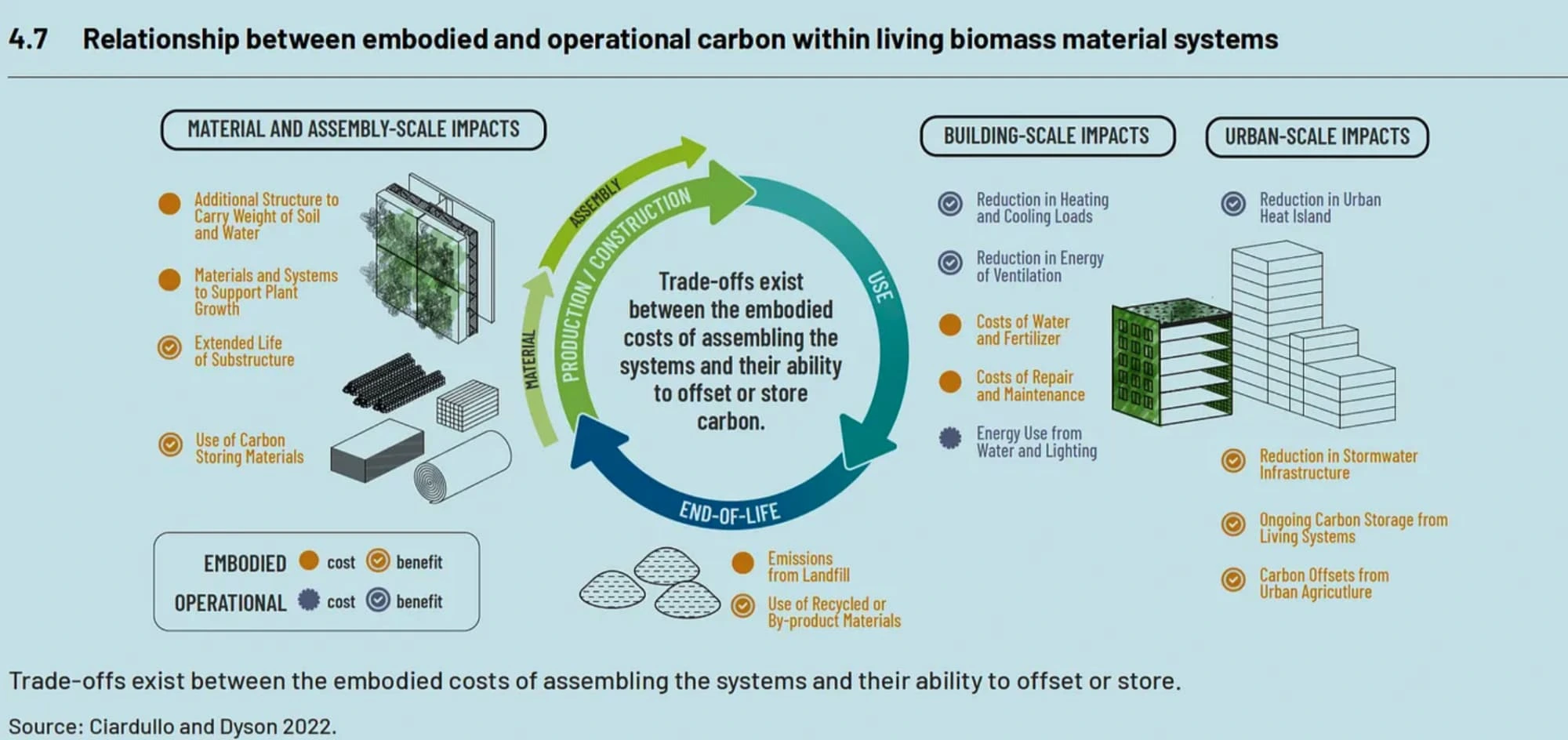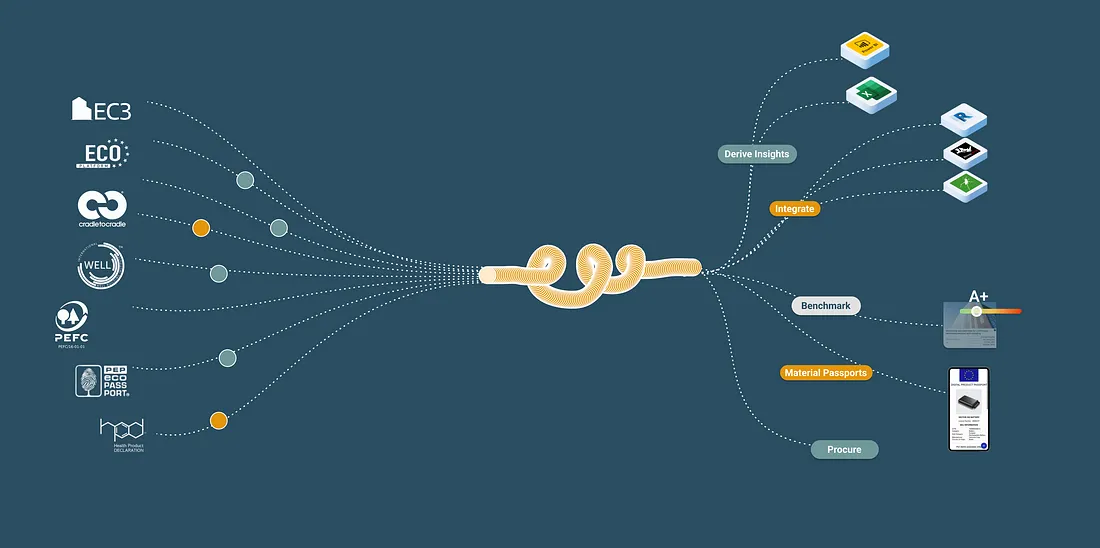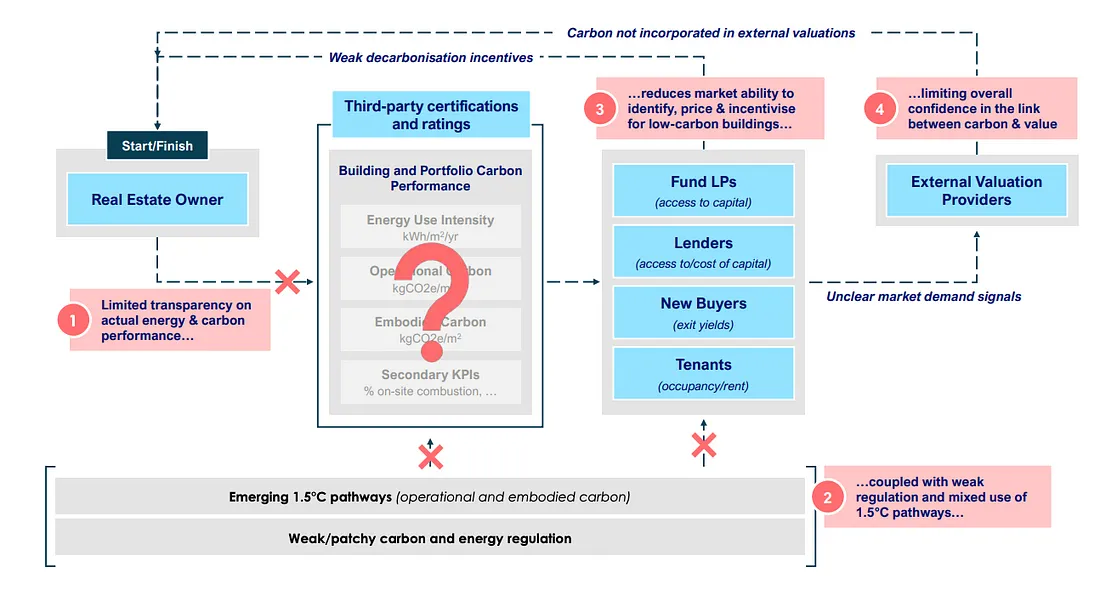The Carbon Trade-Off in Living Biomass Material Systems
The construction and use of buildings contribute significantly to carbon emissions. However, innovative approaches are being developed to offset these emissions. One such approach is the use of living biomass material systems in construction. But as with any solution, there are trade-offs to consider.

Material and Assembly-Scale Impacts:
- Additional Structure Needs: Buildings designed with living biomass need added structures to support the weight of soil and water.
- Supporting Plant Growth: They require specific materials and systems to promote and maintain plant growth.
- Substructure Longevity: A positive outcome is the extended lifespan of building substructures.
- Carbon Storing Materials: The use of materials that actively store carbon can mitigate the building’s overall carbon footprint.
Building-Scale Impacts:
- Energy Efficiency: Such buildings can reduce heating and cooling loads, cutting down energy consumption.
- Ventilation: There is a potential reduction in energy used for ventilation.
- Maintenance Costs: Buildings with living systems might incur additional costs for water, fertilizer, repairs, and maintenance.
- Lighting: These systems might also influence energy use from natural light and additional lighting solutions.
Urban-Scale Impacts:
- Urban Heat: Living biomass systems can decrease the urban heat island effect, making cities cooler.
- Stormwater Management: These systems can reduce the need for stormwater infrastructure.
- Carbon Storage: Living systems continuously store carbon, acting as a carbon sink.
- Urban Agriculture: The use of such systems can also lead to carbon offsets from urban farming.
In summary, while living biomass material systems offer several benefits in terms of carbon storage and urban heat reduction, there are trade-offs in terms of construction and maintenance. The balance between embodied carbon costs and the ability to offset or store carbon needs careful consideration.
The answer lies in the data
Designers, developers and contractors aiming to optimize the sustainability of their projects should consider using solutions such as 2050 Materials which can allow them to both assess impacts on a material level, as well as on a system.
Related articles

The Age of Integration — 10 Examples of Integrating Carbon Data in AEC, and Why They Matter
By integrating carbon data into the target-setting process, stakeholders can base their goals on real, actionable data, leading to more effective and sustainable project outcomes.
Read more
Net Zero is a Data Integration Problem
In recent years, numerous organizations in real estate and infrastructure have committed to ambitious net zero targets. This means reducing reliance on non-renewable energy and materials and adopting more sustainable design, engineering and procurement practices.
Read more
Tapping into the Low-Carbon Real Estate Market
This article is based on a paper by Leaders of the Urban Future (LOTUF) in partnership with Systemiq and highlights the required steps to decarbonizing in the real estate sector for a greener future.
Read more